Worried about pesticides but tired of overpaying for organic? You’re not alone—and the good news is, you don’t have to sacrifice safety for savings. Each year, the Environmental Working Group (EWG) analyzes produce samples to reveal which fruits and veggies carry the least chemical residue. Enter the Clean Fifteen—a shopper’s dream list of produce that tests consistently low for pesticides, even when grown conventionally. From thick-skinned favorites to naturally resistant picks, these items let you skip the organic price tag with confidence. Ready to fill your cart smarter? Here are the 15 fresh picks you can feel great about.
1. Avocados
Guacamole lovers, rejoice—avocados consistently rank as one of the cleanest fruits on the market. Thanks to their thick, bumpy skin, these creamy green gems are naturally protected from pesticide absorption.
The USDA and EWG report that fewer than 1% of conventionally grown avocados show any detectable pesticide residue, making them a smart and safe choice when organic isn’t an option.
Their sturdy outer layer acts like armor, shielding the rich, buttery flesh inside from harmful chemicals. Just be sure to give them a good rinse before slicing to prevent any surface residue from reaching your cutting board or knife.
2. Sweet Corn
Farm-fresh sweet corn earns its place on the Clean Fifteen thanks to its natural protective husk. This leafy outer covering shields the kernels from direct pesticide contact, resulting in minimal residue in the part you actually eat.
The corn’s structure means farmers can use fewer chemical applications compared to more vulnerable crops. When shopping, keep the husks on until you’re ready to cook – they continue protecting your corn even after harvest.
Just remember that while conventional sweet corn is low in pesticides, some varieties may be genetically modified if that’s a concern for you.
3. Pineapples
The prickly, scaly exterior of pineapples does more than just look impressive – it serves as an excellent defense against pesticide penetration.
This tough outer shell means the juicy, sweet flesh inside remains largely untouched by agricultural chemicals. Pineapples naturally resist many pests due to their thick skin and acidic nature.
Farmers typically need fewer pesticide applications compared to more vulnerable fruits. When preparing your pineapple, simply rinse the exterior before cutting to prevent any surface residues from transferring to the fruit inside.
4. Onions
Growing beneath the soil offers onions natural protection from pests and reduces their need for pesticide treatments. Their papery outer skin and naturally strong compounds that give onions their distinctive smell and flavor also act as built-in pest deterrents.
Testing consistently shows onions have among the lowest pesticide residues of any vegetable. Their underground growth pattern means they absorb minimal contaminants from the environment.
Yellow, red, white, or sweet varieties – all onions benefit from this natural protection, making them a safe conventional purchase for budget-conscious shoppers.
5. Papaya
Vibrant orange flesh and a tropical flavor make papayas a delicious addition to your fruit bowl – and they’re consistently low in pesticide residues too! Their quick growth cycle and natural resistance to many pests means fewer chemicals are needed during cultivation.
The thick skin provides a barrier against many pesticides, though it’s thinner than some other Clean Fifteen fruits. Most conventionally grown papayas in U.S. markets show minimal chemical residue after testing.
One consideration: many commercial papayas are genetically modified, so if GMOs are a concern, look for varieties labeled “non-GMO” or “organic.”
6. Frozen Sweet Peas
Did you know frozen vegetables are often cleaner than their fresh counterparts? Sweet peas earn their Clean Fifteen status because they’re protected inside their pods during growth, limiting direct pesticide contact.
The freezing process actually helps preserve nutrients while maintaining the peas’ low pesticide profile. Most commercial varieties undergo minimal processing – just shelling, washing, blanching, and freezing.
This makes frozen sweet peas a convenient, affordable option when you want to add green veggies to your meals without worrying about chemical residues.
7. Asparagus
The secret behind asparagus making the Clean Fifteen? These springtime spears grow remarkably fast – sometimes several inches in a single day! This rapid growth means there’s simply less time for pesticides to accumulate on the stalks.
Asparagus naturally contains compounds that help it resist many common garden pests. Their structure, with tight tips and smooth stalks, provides fewer places for residues to cling compared to leafier vegetables.
Conventional asparagus consistently tests with minimal detectable pesticides, making it a smart choice when organic options aren’t available or fit your budget.
8. Cabbage
The humble cabbage’s dense, tightly packed structure serves as natural armor against pests and pesticides alike. Those overlapping leaves create a barrier that keeps the inner portions remarkably clean, even when grown conventionally.
Cabbage contains natural compounds that actually repel many common garden insects. This means farmers typically need fewer chemical treatments compared to more vulnerable crops.
Simply remove the outer leaves before preparation for an extra measure of safety, though tests consistently show cabbage has among the lowest pesticide residues of any leafy vegetable.
9. Watermelon
Summer’s favorite refreshing treat comes with more good news – watermelons consistently rank among the cleanest conventional fruits! Their thick, protective rind serves as an excellent barrier, preventing pesticides from reaching the juicy red flesh inside.
The growing pattern of watermelons also contributes to their clean status. They develop on vines above the ground with minimal surface area touching soil or spray.
Farmers typically apply fewer pesticides to watermelons compared to smaller, more vulnerable fruits. Just remember to wash the exterior before cutting to prevent transferring any surface residues to the flesh.
10. Cauliflower
The snowball-like structure of cauliflower actually helps keep it clean! Those tightly packed florets limit the surface area exposed to potential pesticide applications, while the outer leaves provide additional protection during growth.
Cauliflower naturally resists many common garden pests, reducing the need for chemical treatments. Commercial testing consistently finds minimal pesticide residue on conventional cauliflower.
The vegetable’s structure allows for easy washing – simply rinse thoroughly under running water before preparation to remove any surface residues that might be present.
11. Bananas
The world’s most popular fruit comes with built-in packaging! A banana’s thick peel creates an effective barrier between any potential pesticides and the creamy fruit inside.
This natural protection consistently earns bananas a spot on the Clean Fifteen list. Conventional banana cultivation does use pesticides, but the thick skin prevents these chemicals from reaching the part you eat.
Tests regularly show the edible portion contains minimal to no detectable residues. For extra peace of mind, simply wash the exterior before peeling to prevent transferring any surface residues to the fruit inside.
12. Mangoes
Mangoes bring a taste of the tropics to the Clean Fifteen thanks to their thick, protective skin. This natural barrier prevents pesticides from penetrating to the sweet, orange flesh inside, keeping it remarkably clean even when grown conventionally.
The mango’s growing pattern also contributes to its clean status. Hanging high in trees, the fruits have minimal contact with soil-based contaminants or lower-level spray applications.
When preparing mangoes, simply wash the exterior before cutting or peeling to prevent transferring any surface residues to the delicious fruit inside.
13. Carrots
Root vegetables like carrots have a natural advantage when it comes to pesticide protection. Growing underground means they’re less exposed to aerial spray applications that affect many above-ground crops.
The soil itself acts as a natural filter, limiting direct pesticide contact. While conventional carrot farming does use some pesticides, testing shows relatively low residue levels on the final product.
For extra protection, simply peel your carrots before eating – most potential residues concentrate in the outer layer, which is removed during peeling.
14. Mushrooms
Mushrooms might seem delicate, but they’re surprisingly resistant to pesticide contamination! Their unique growing requirements and cultivation methods mean fewer chemicals are typically used compared to traditional crops.
Many commercial mushrooms are grown indoors on sterilized growing medium, reducing the need for pesticides altogether. Their porous structure absorbs very little from their environment, unlike plants that take up substances through roots and leaves.
Testing consistently shows mushrooms have among the lowest pesticide residues of any conventional produce, making them a smart addition to your shopping cart.
15. Kiwi
The brown, fuzzy skin of kiwi fruit isn’t just distinctive – it’s protective! This natural covering creates an effective barrier that keeps the bright green flesh inside remarkably free from pesticide residues.
Kiwi plants naturally resist many common pests, reducing the need for chemical treatments during cultivation. The fuzzy exterior actually helps repel some insects that might otherwise damage the fruit.
Most people peel kiwis before eating, which removes any potential surface residues that might be present, though testing consistently shows minimal contamination even in conventional kiwi fruit.
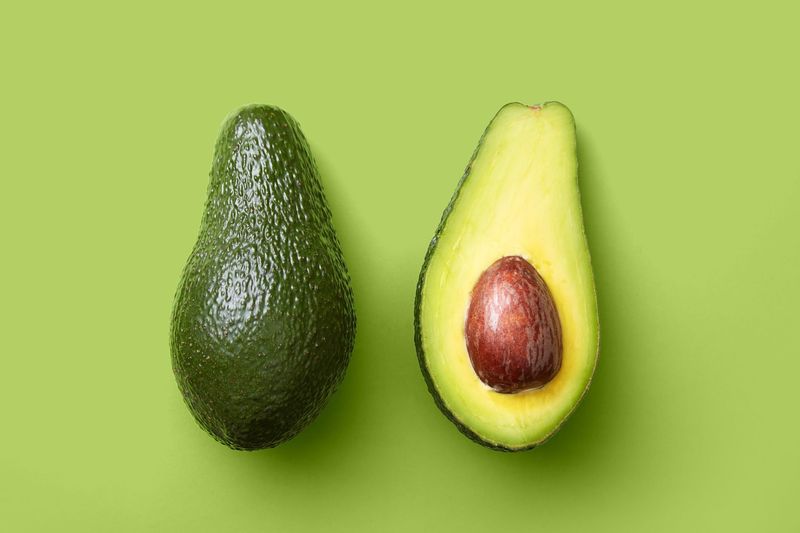
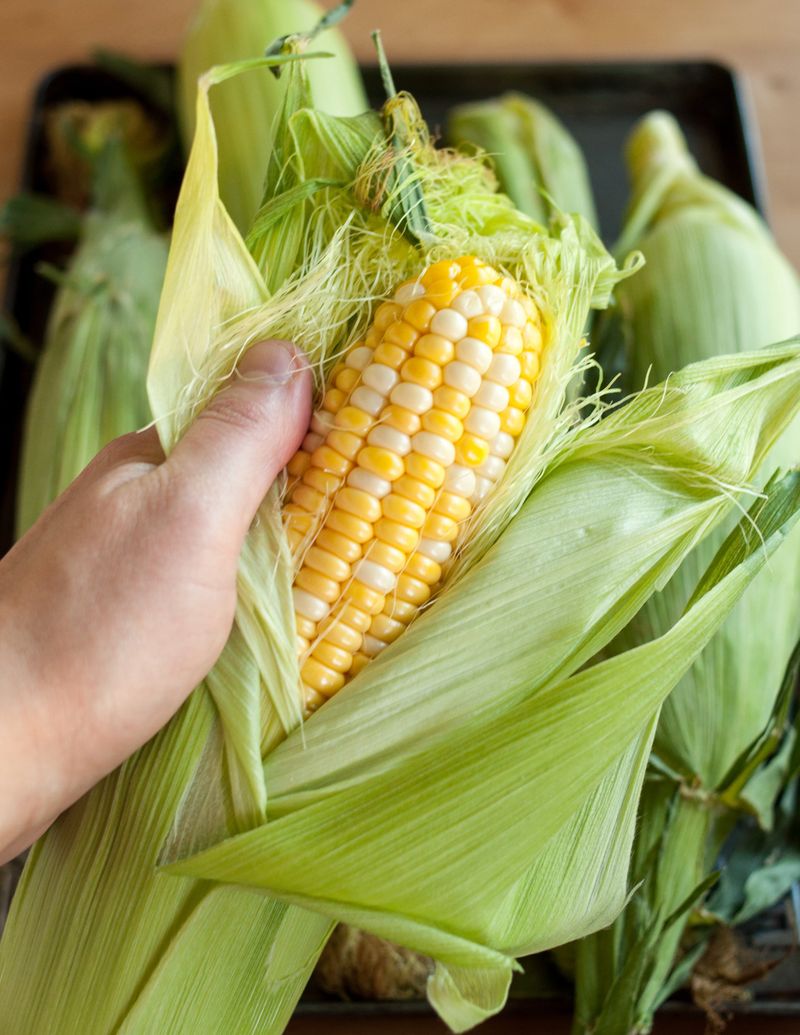
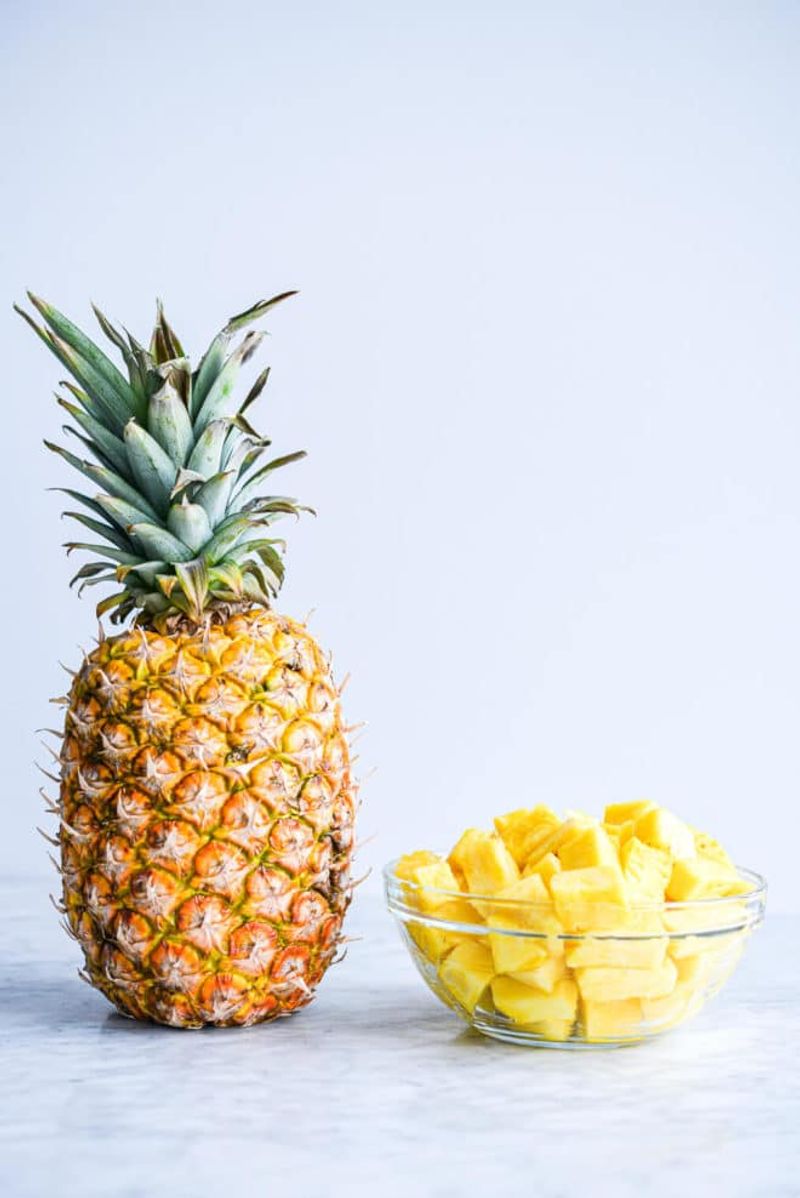
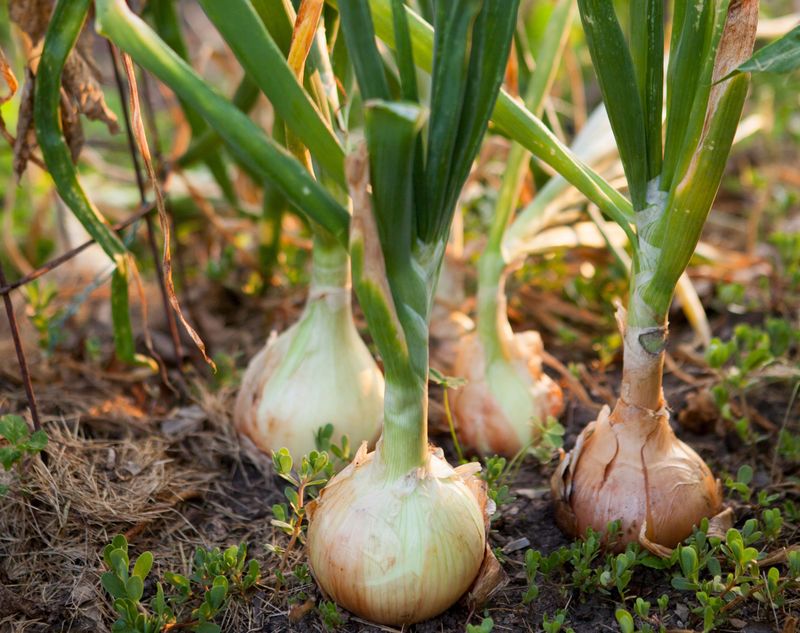
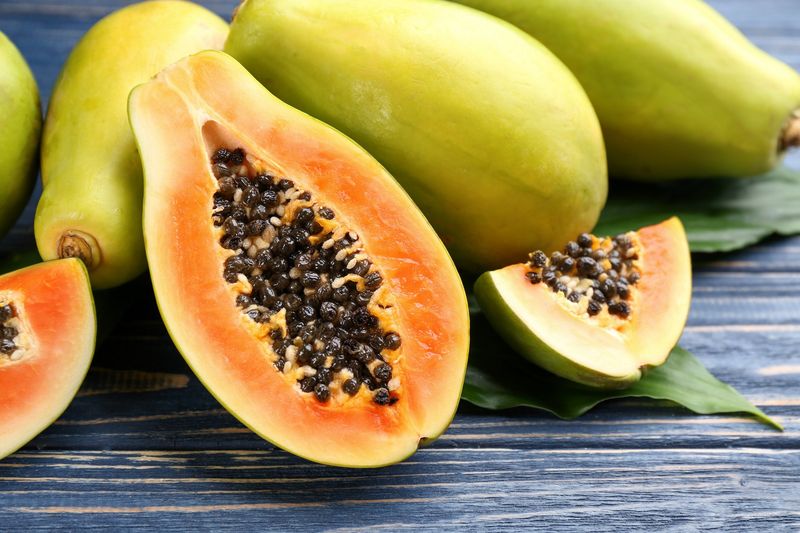
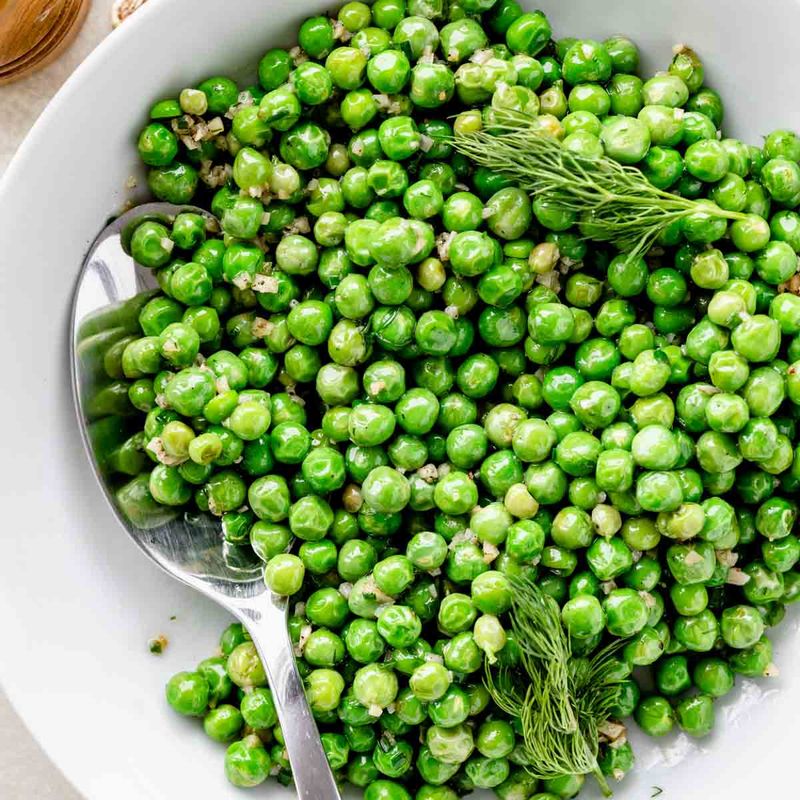
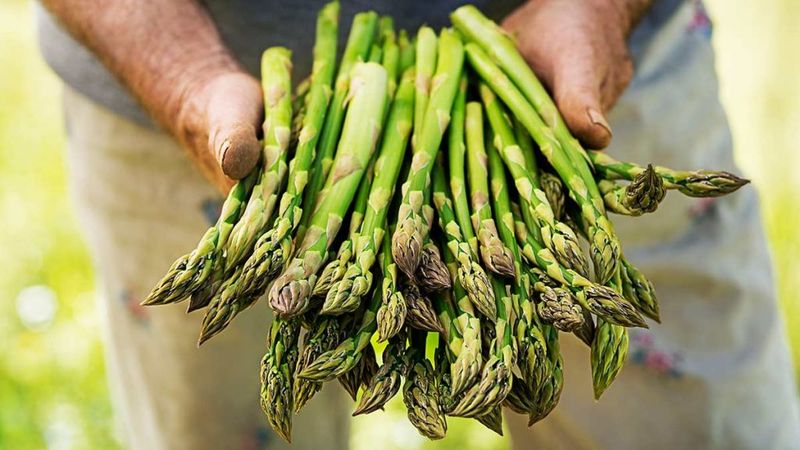
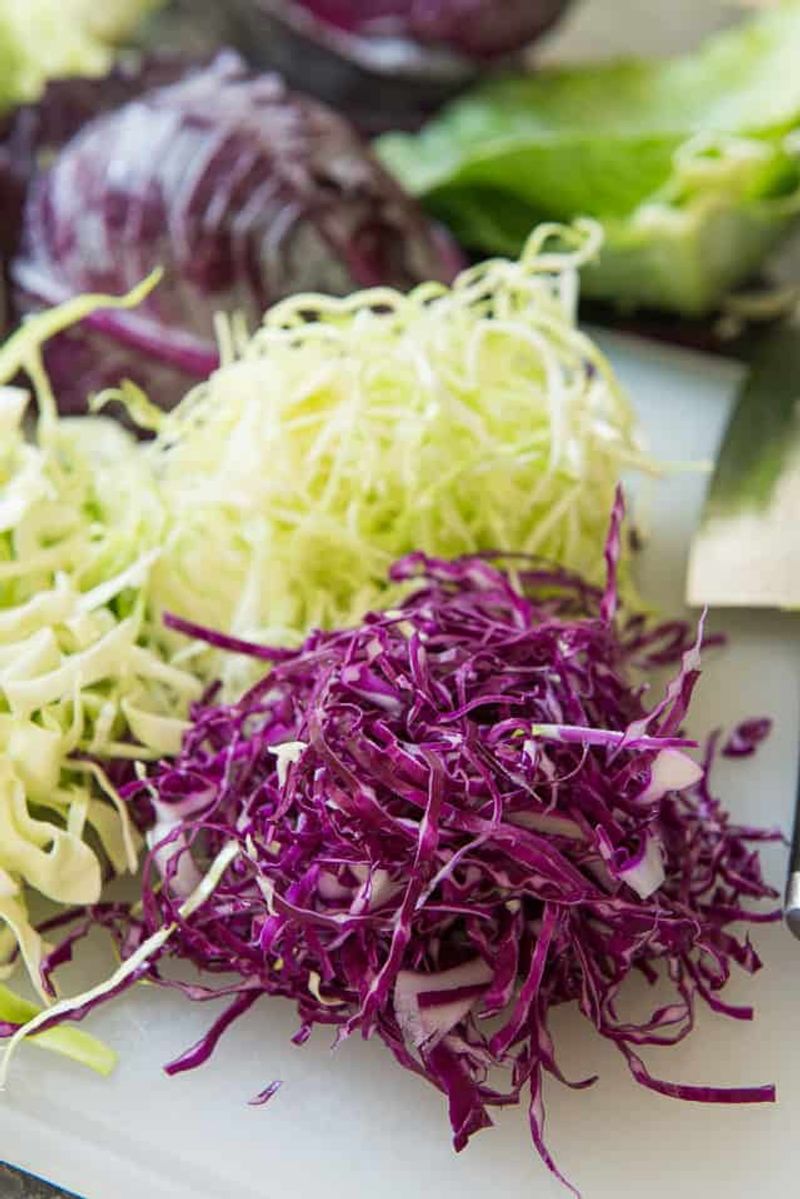
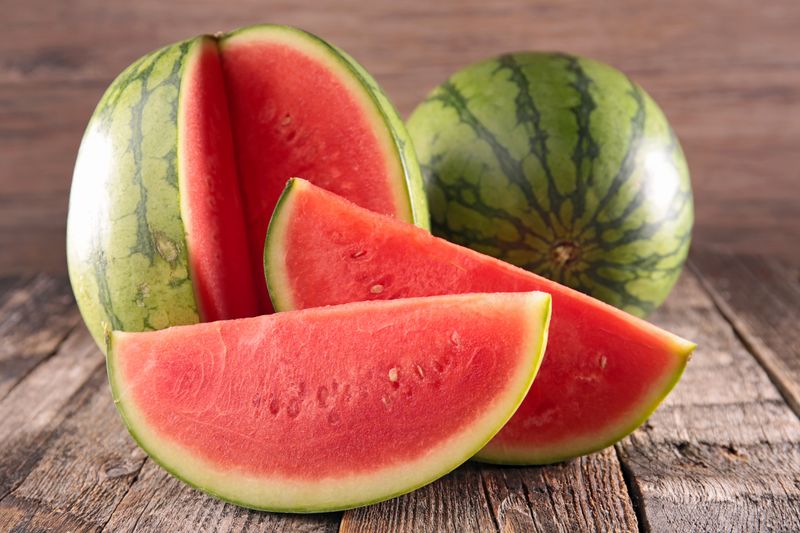
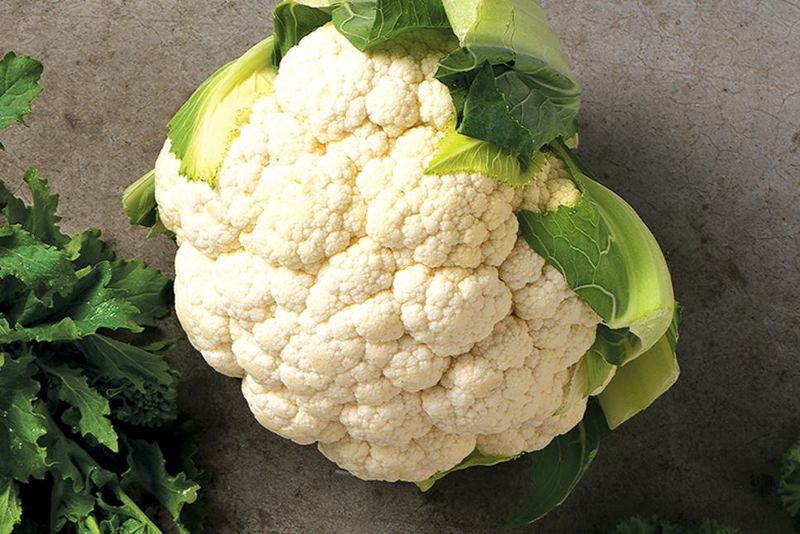
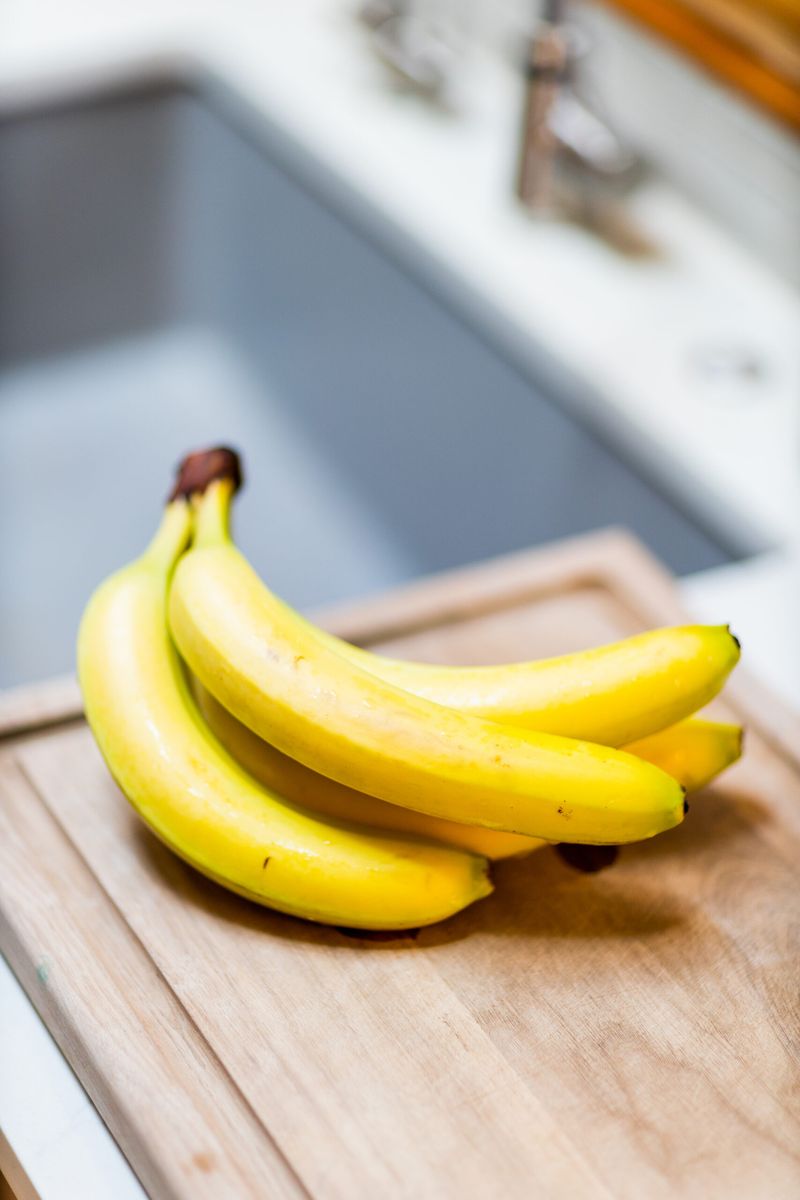

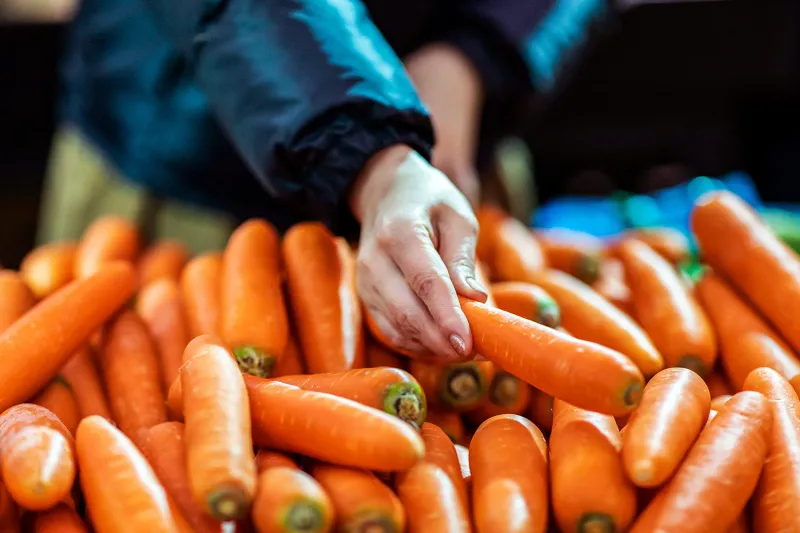
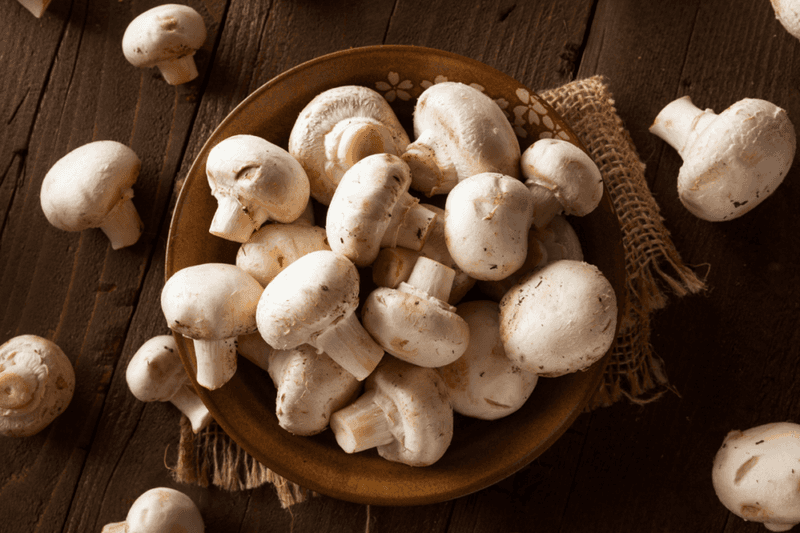
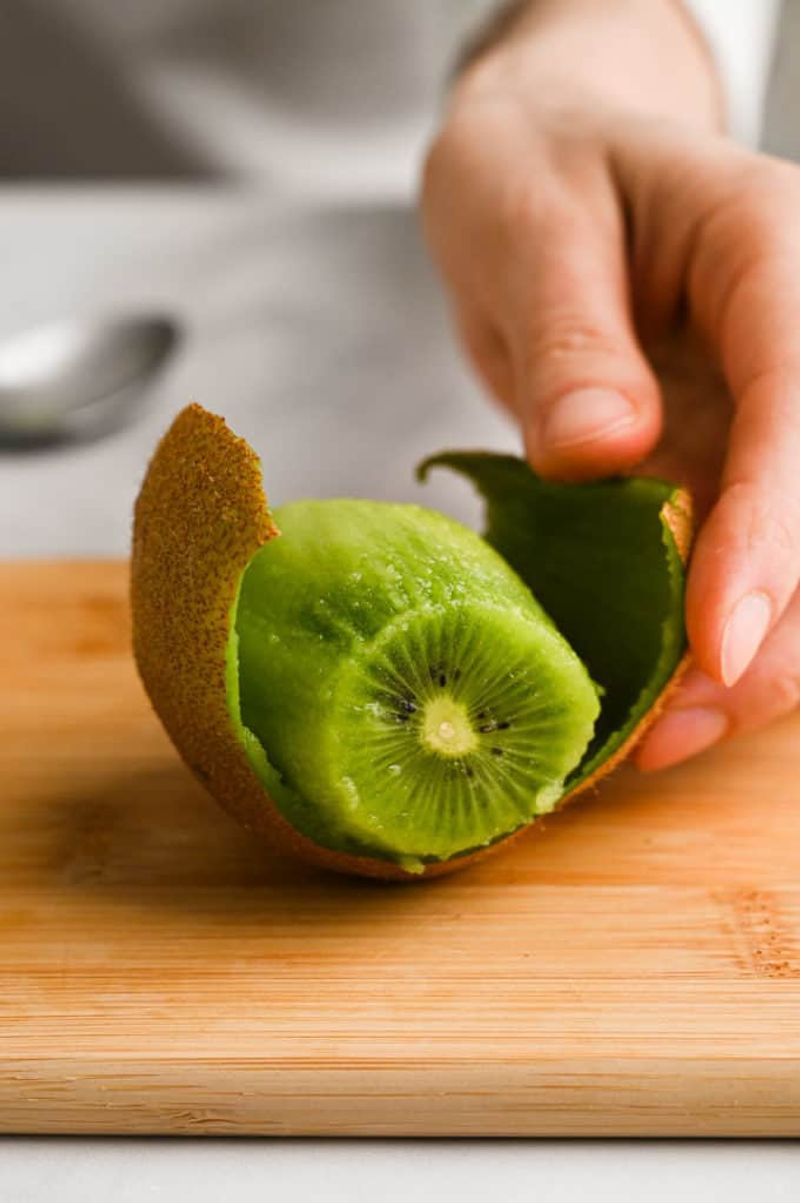
Leave a comment